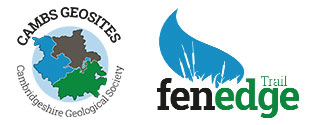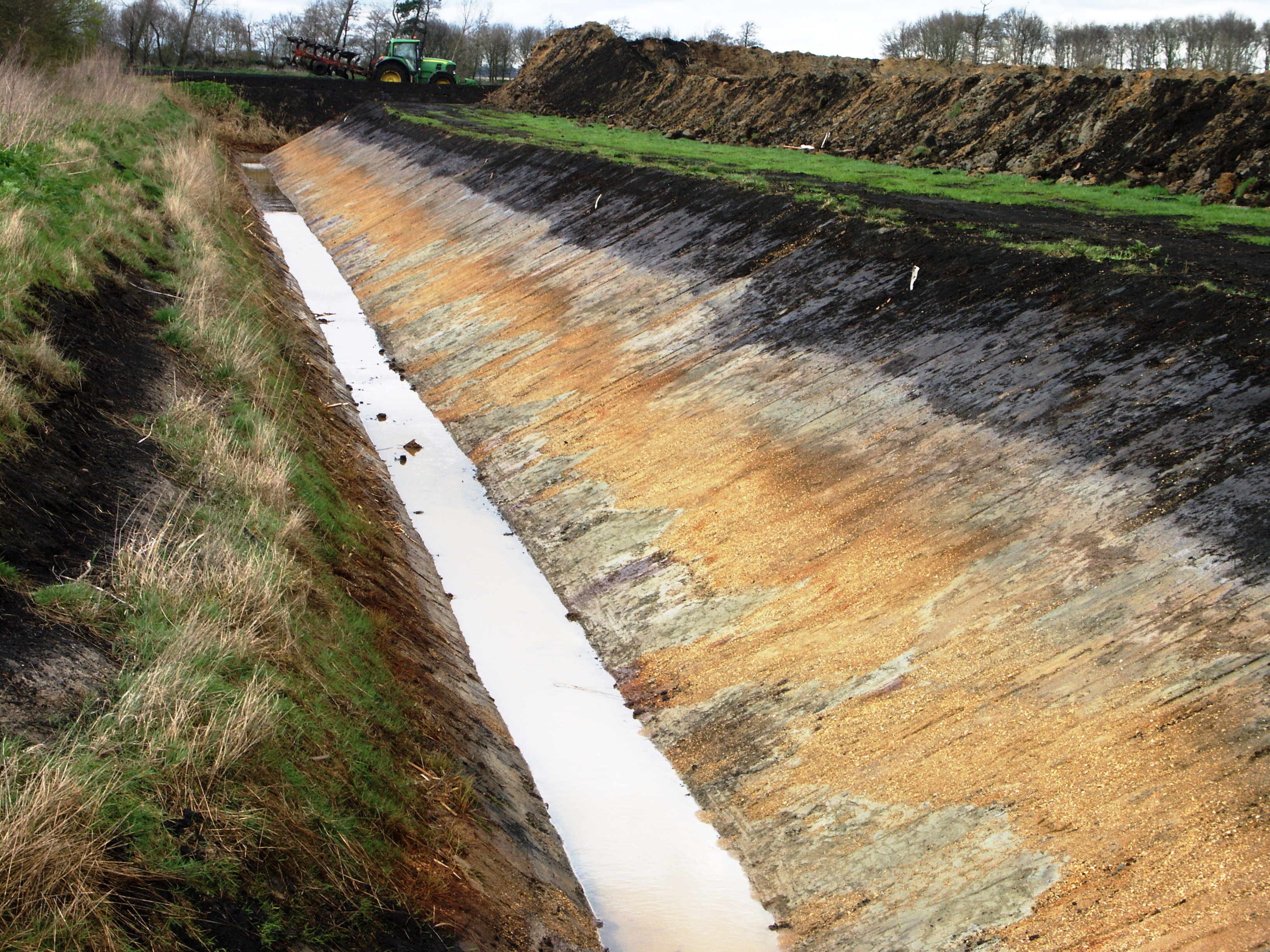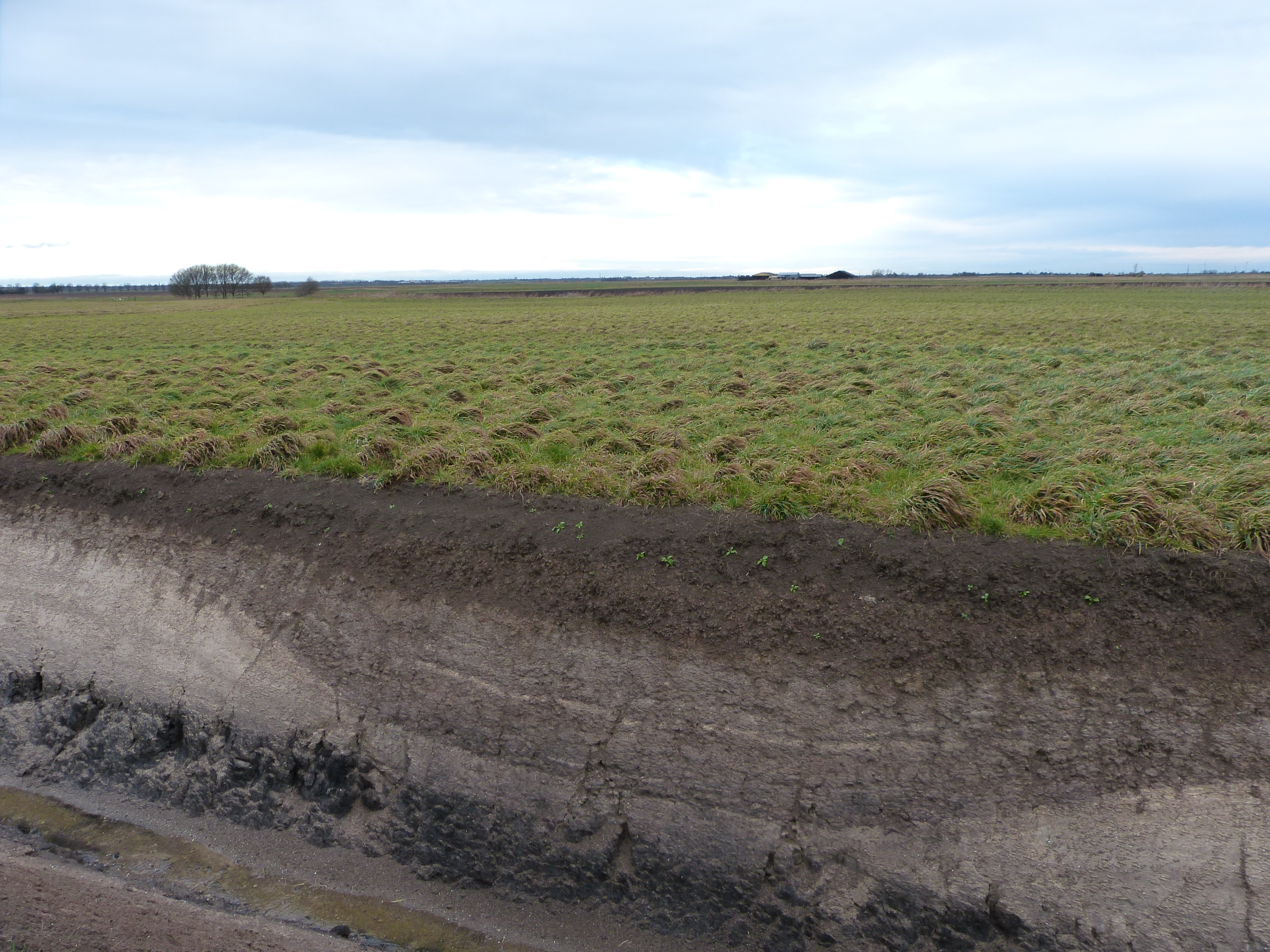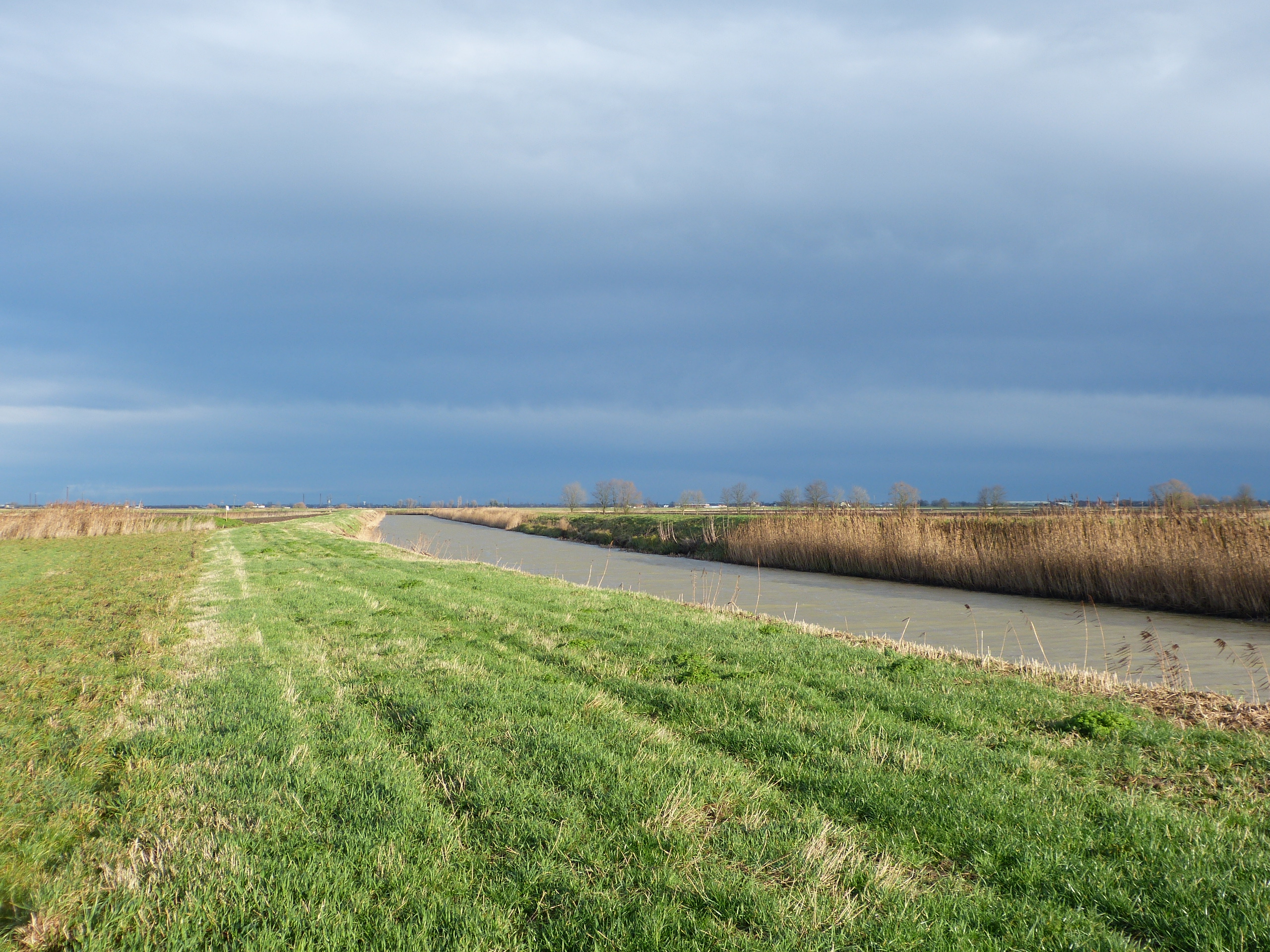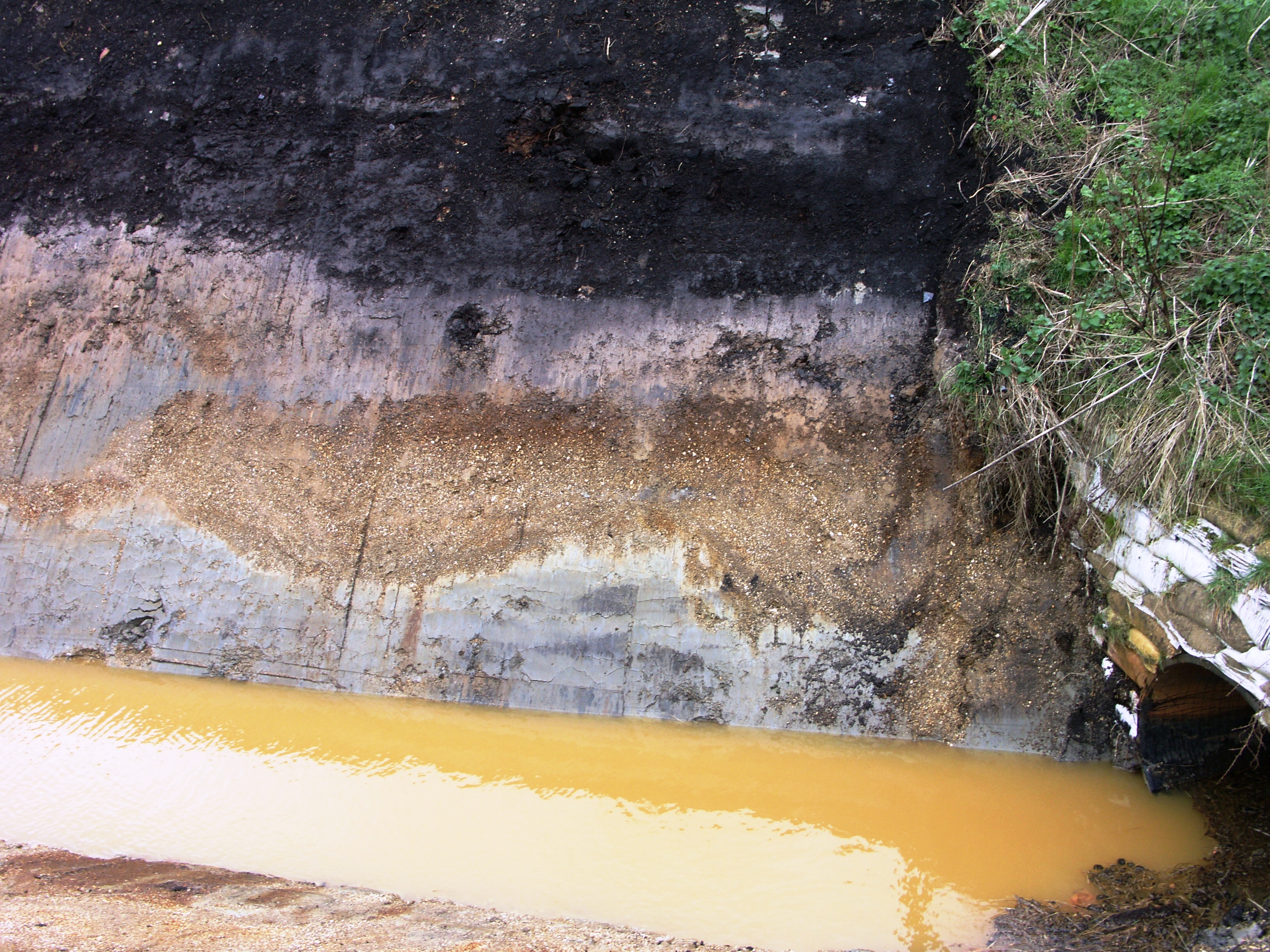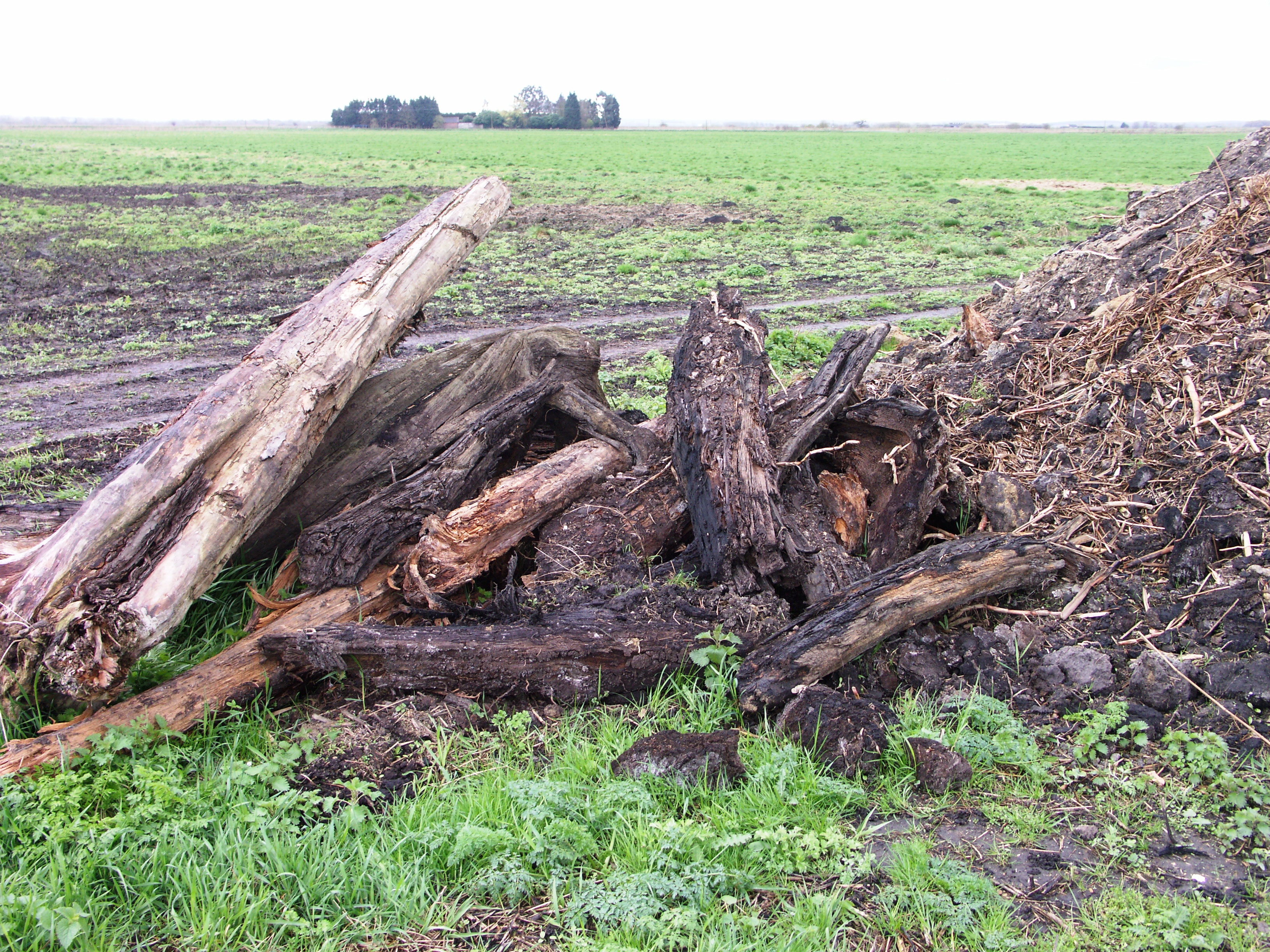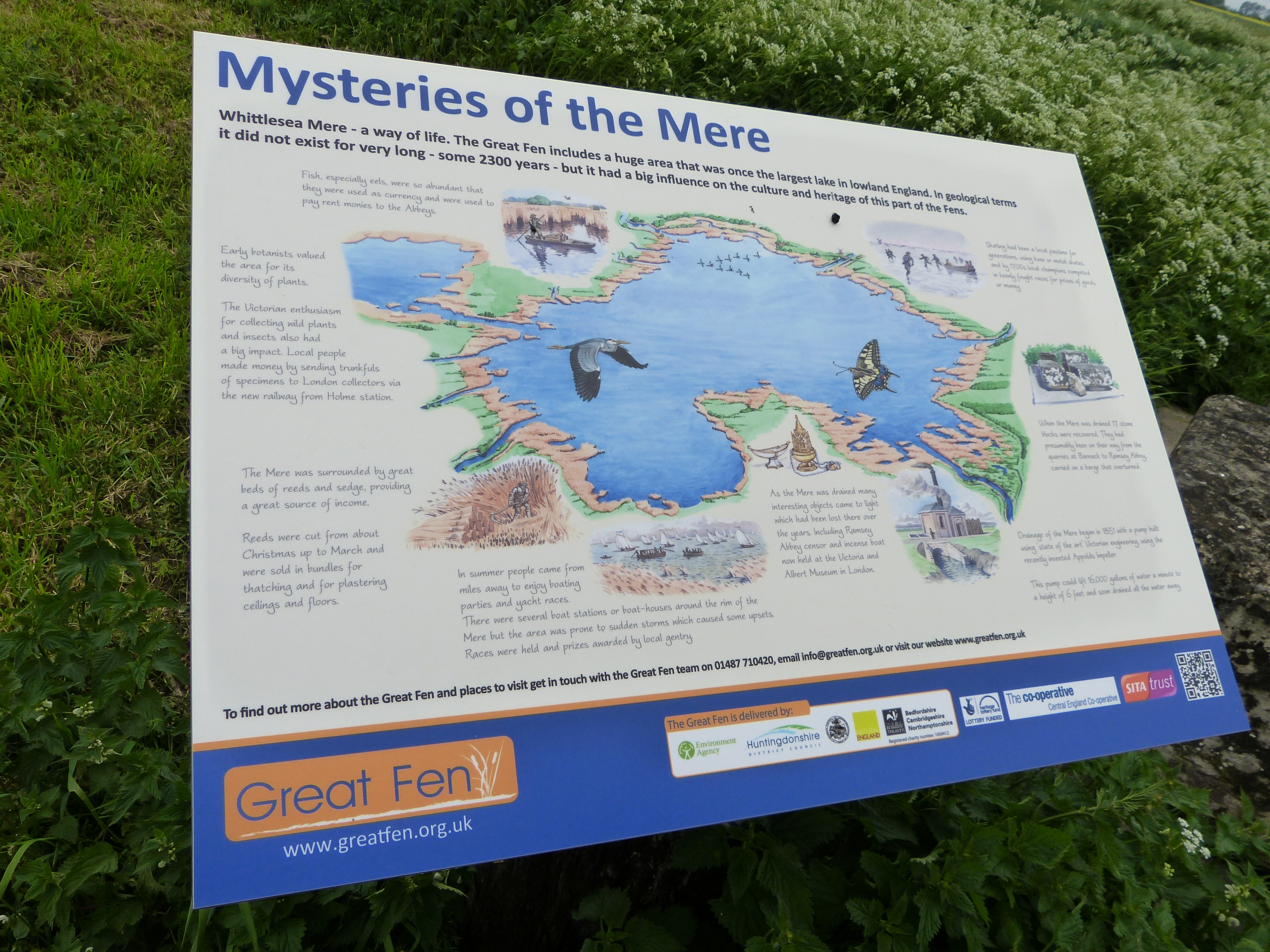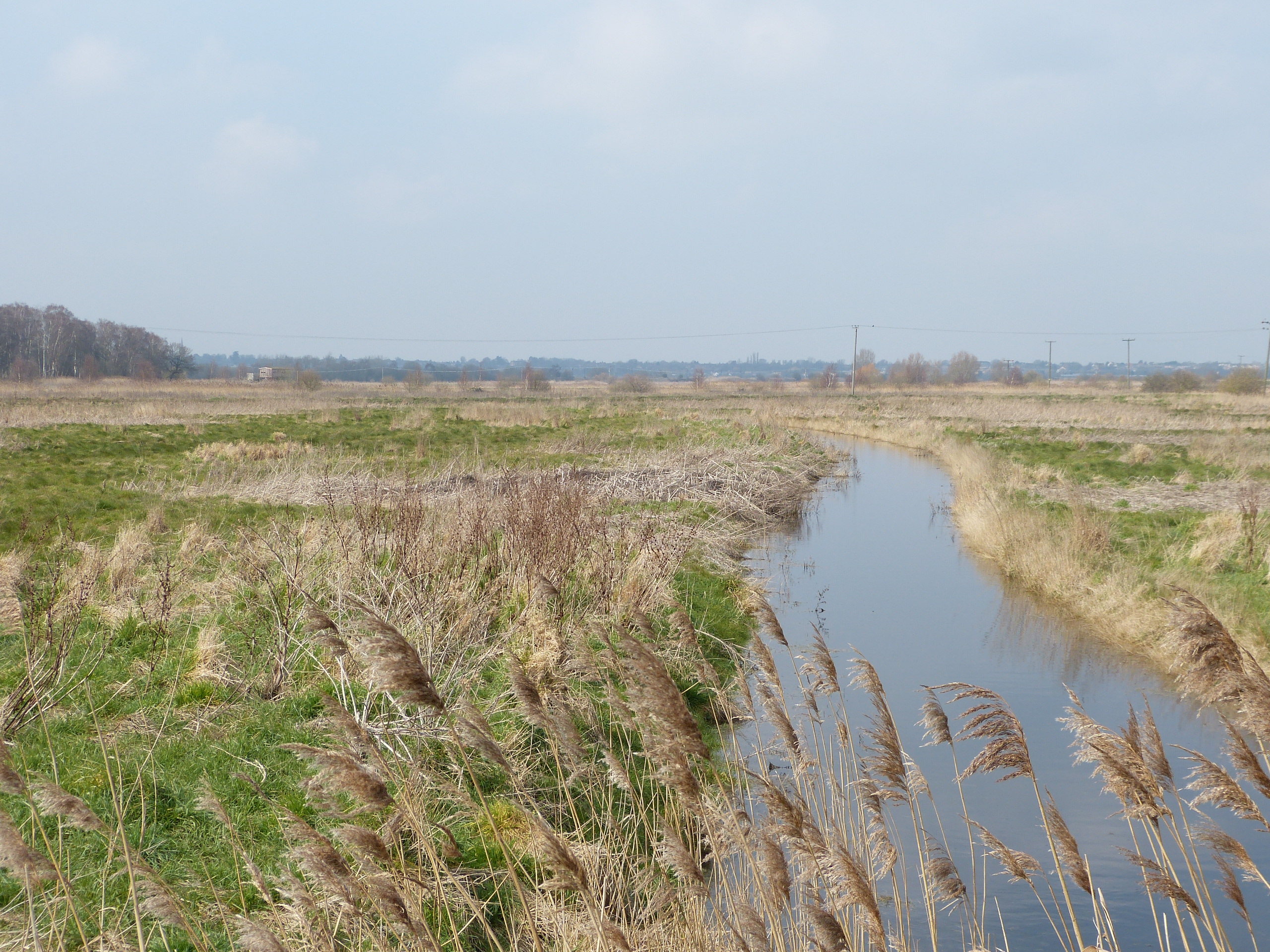Protecting the landscape heritage of the fens
The fenland has always been a land of mystery. This is particularly true when trying to unravel the complex history of dynamic changes in the landscape, which are directly linked to both sea level and climate. Thanks to an increase in research in recent years, much has now been discovered that is finally providing a picture of life in the fens since the end of the last ice age.
Although a few important sites are protected in law (as SSSIs), CGS is now looking at others that can be developed to help people explore and understand the geology of the fenland and its associated cultural history. Nature reserves such as those of The Great Fen, the Ouse Washes and at Wicken Fen, have information available about the local landscape but we are now investigating the possibility of designating an area as a Local Geological Site. This would highlight the importance of the geology locally, regionally and nationally.
The area being considered is that of the northern part of the Great Fen, which includes peat fen, remnants of raised bog, lake marl, silt fen and roddons. The land here also has links with local history and culture (Whittlesey Mere, ancient waterways such as the old River Nene, and limestone ‘blocks’ being transported from quarries at Barnack). It is also of high landscape value, containing the site of the Holme Fen Post and having geological links to the nearby ridge at Yaxley. The potential educational value, through the Great Fen, and its partners, is considerable. More news on this soon.
